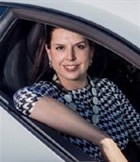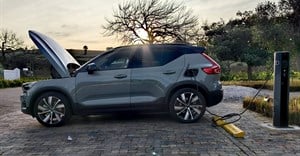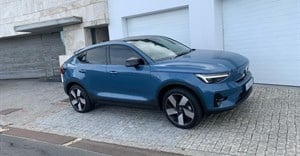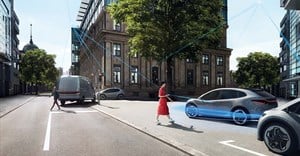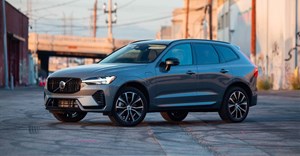
Subscribe & Follow
Jobs
- Vehicle Stock Controller East Rand
- Vehicle Sales Executive Mossel Bay
- New Vehicle Sales Executive Johannesburg North
- Vehicle Sales Executive Johannesburg South
- Vehicle Sales Executive Cape Town Region
- Patrol Driver Louis Trichardt
- Diesel Technician Pinetown
- Regional Sales Manager East Rand
- Pre-owned Vehicle Sales Executive Pretoria
- Motor Vehicle Technician Johannesburg North
Volvo keeps building the world's safest cars
Of course, Volvo is no stranger to the stars awarded by stringent EuroNCAP testing. Last year, the Volvo XC90 was the first car to score full marks in the Autonomous Emergency Braking Car to Car rear-end tests, for city and country driving.
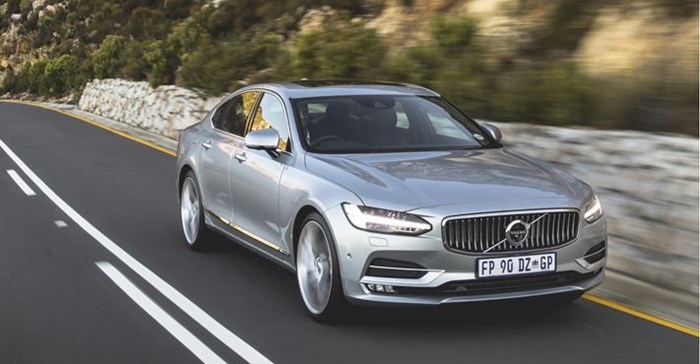
In the 2017 testing cycle, it was the S90 and V90 wagon (of which the latter is not available in SA) that reaped the accolades across all test procedures, and scoring a first-time six points in the Autonomous Emergency Braking for Pedestrians. This makes the XC90, S90, and V90 the three safest cars in the history of EuroNCAP. But how are these pedestrian safety tests performed?
The AEB pedestrian tests are designed to check the accuracy and performance of the pedestrian detection systems using common scenarios: an adult or a child running into the road from the passenger’s side and then from the driver’s. This forms part of Volvo’s City Safety system, which also includes Cyclist Detection, Autobrake at intersections, Run-off Road Mitigation (forcing you back into your lane if the system senses you’re close to the edge), as well as the most recent addition: Large Animal Detection.
Large Animal Detection
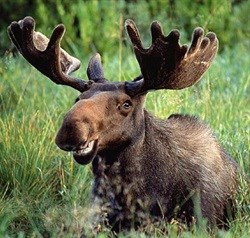
In Sweden, where moose and elk roam freely, collision avoidance with these animals is crucial to Volvo. In South Africa, multiple accidents occur after dark every year involving kudu and cattle, therefore Large Animal Detection won’t go amiss here.
So how does the Volvo know that the large and blissfully unaware animal is near the Volvo’s nose? Volvo’s City Safety system uses radar and a camera to detect and identify objects surrounding the car - but here’s where it gets clever: the car will slow or stop, based on the size of the animal, its location, and its movement.
In order for this system to be effective, many hours were spent by Volvo engineers studying animal behaviour. The computers were then ‘taught’ how animals move and to match the specific movement of certain animals. The system is also programmed based on where the car is sold. In the US, for example, deer cause thousands of accidents per annum, and as a result, Volvo will gear its cars for deer avoidance.
Infrared-based vs radar-based system
The system is not perfect, especially where smaller, faster animals (or partially obscured ones) are concerned, like cats, for instance. (If I had R10 for every time that I’ve had to brake for a cat, I would have been able to afford a second-hand Volvo by now).
Detecting pedestrians and/or animals is not a new concept. In BMW, Audi and Mercedes, these systems are infrared-based, while Volvo uses a radar-based system.
Also, the infrared systems only work when the night vision function is utilised - more often than not it’s an optional feature. The radar-system, however, is always active.
And to further assist the Volvo engineers in their quest for superior structural integrity, they have their very own crash test moose in the lab, by the name of Mooses.
Source: AutoTrader

AutoTrader, SA’s No.1 for buying and selling cars. The fastest and easiest way to find cars, bikes, leisure, boats, trucks, commercial, plant, farm, car spares, accessories and more. The trusted motoring marketplace.
Go to: www.autotrader.co.za